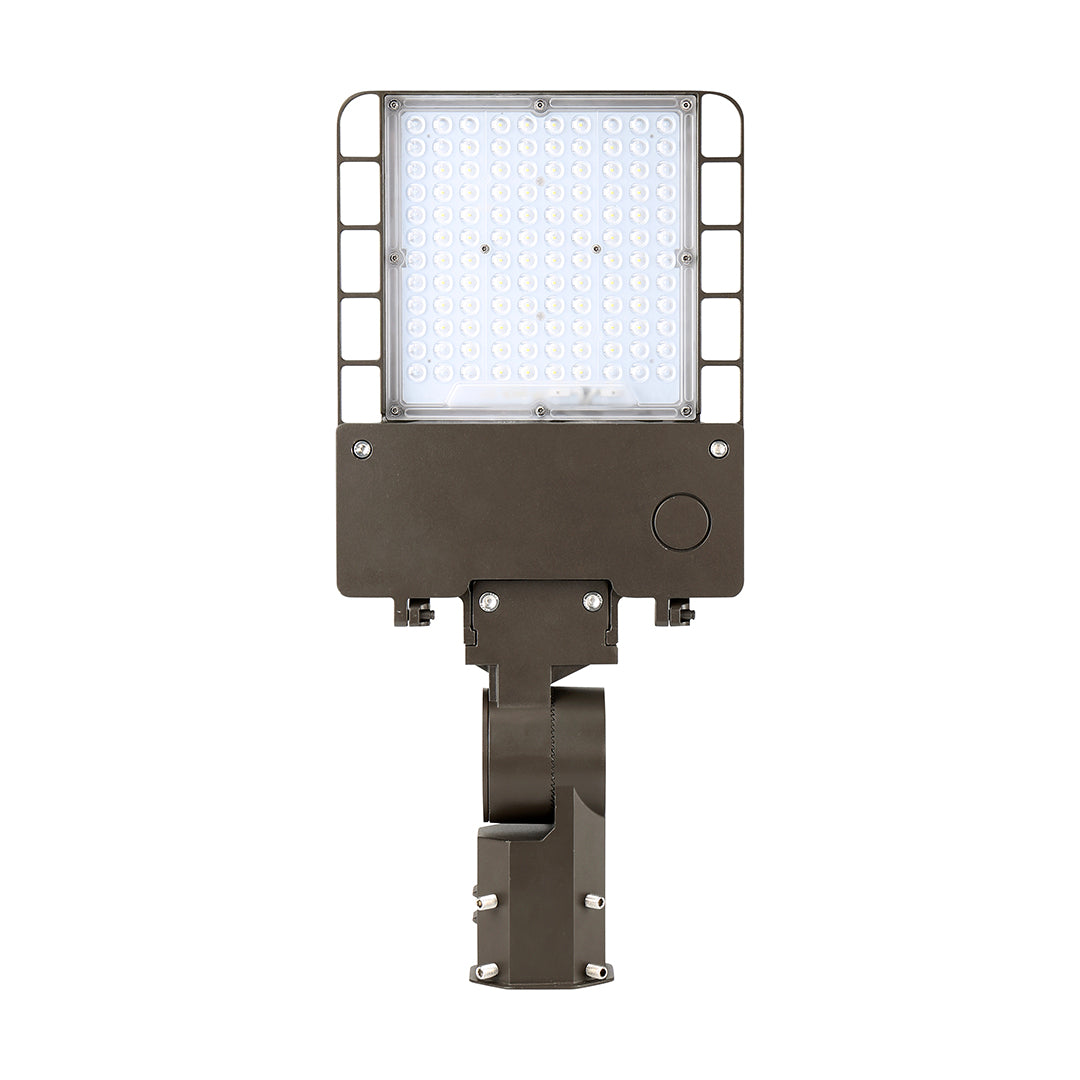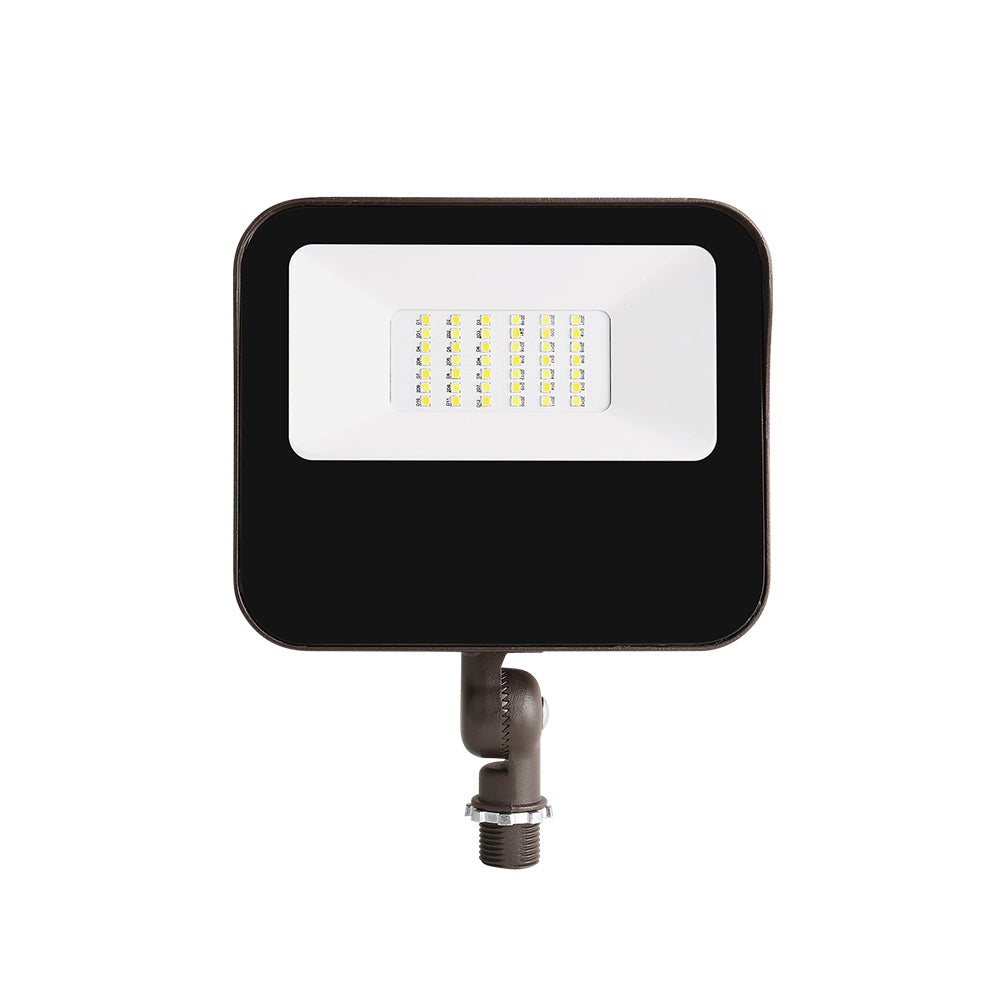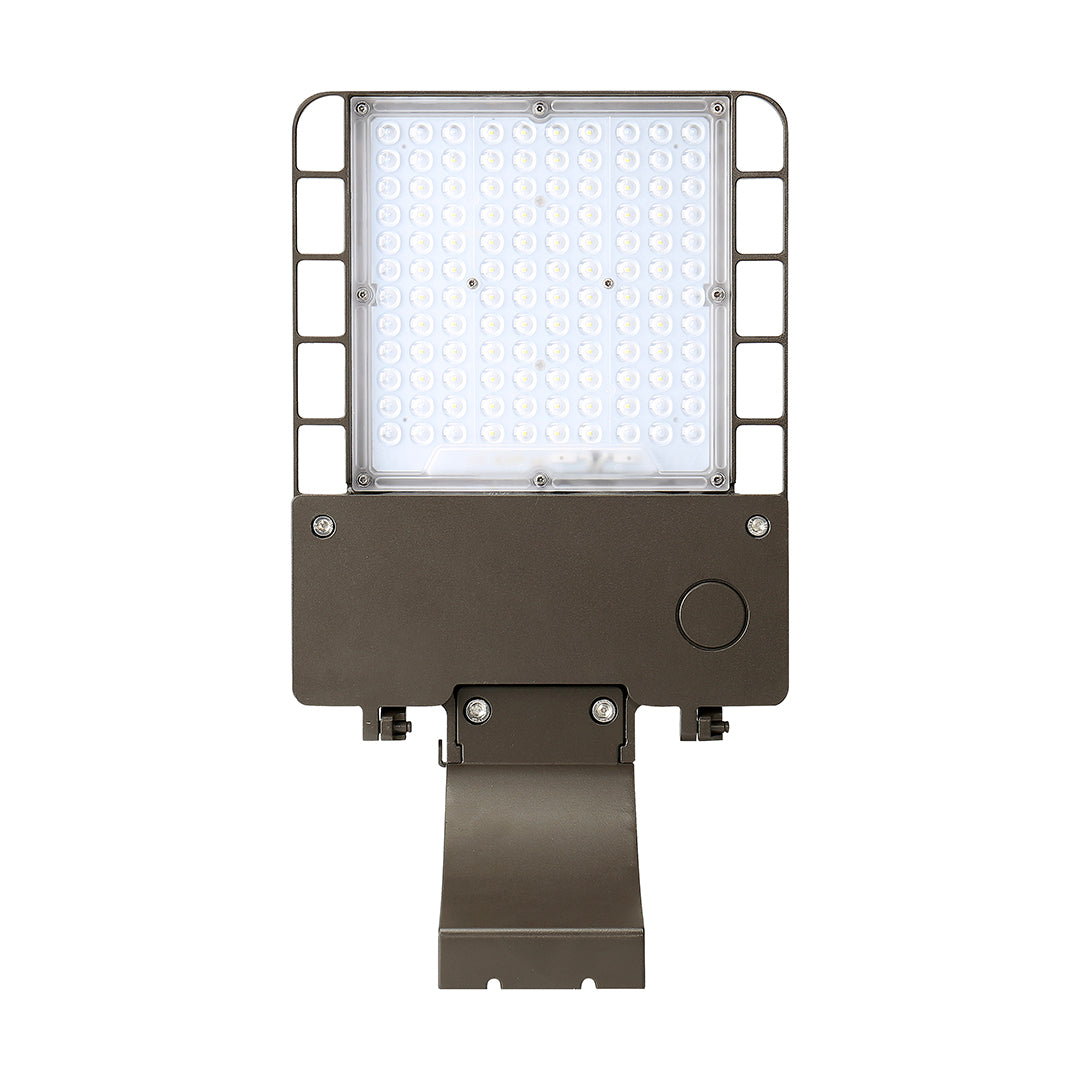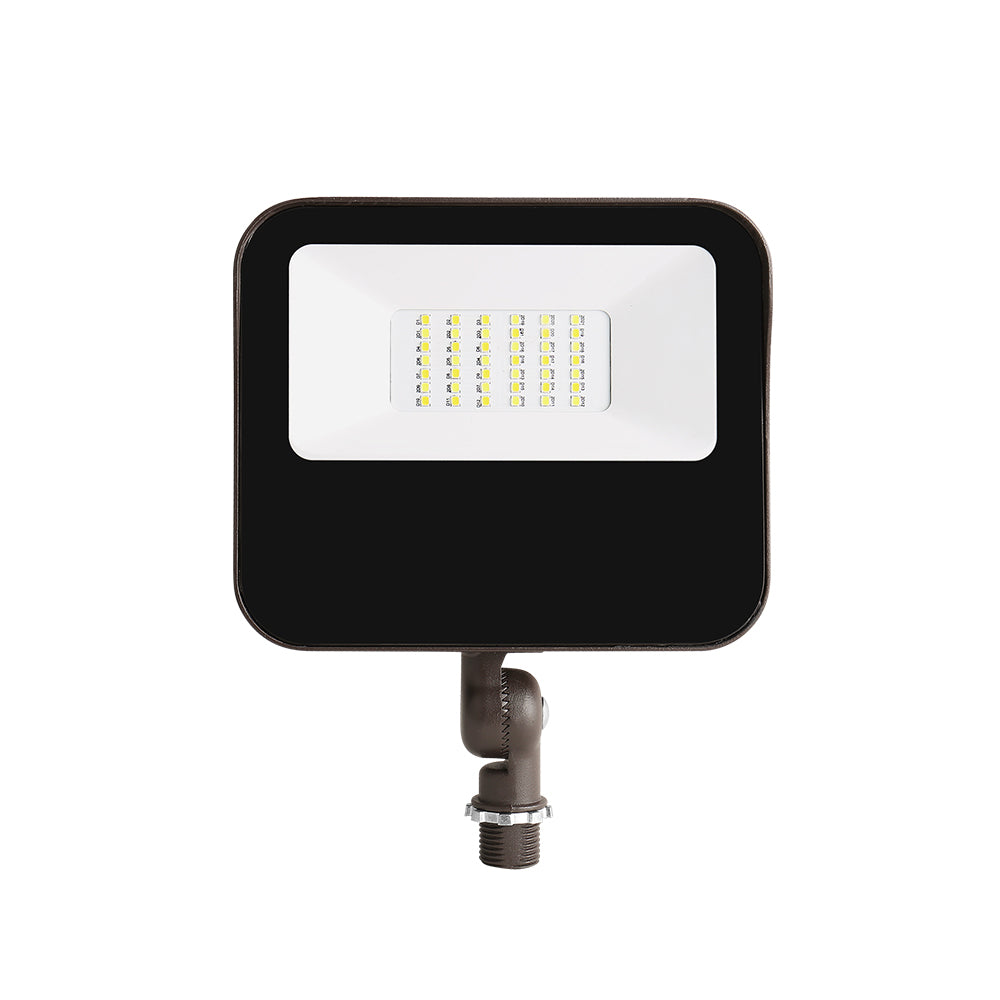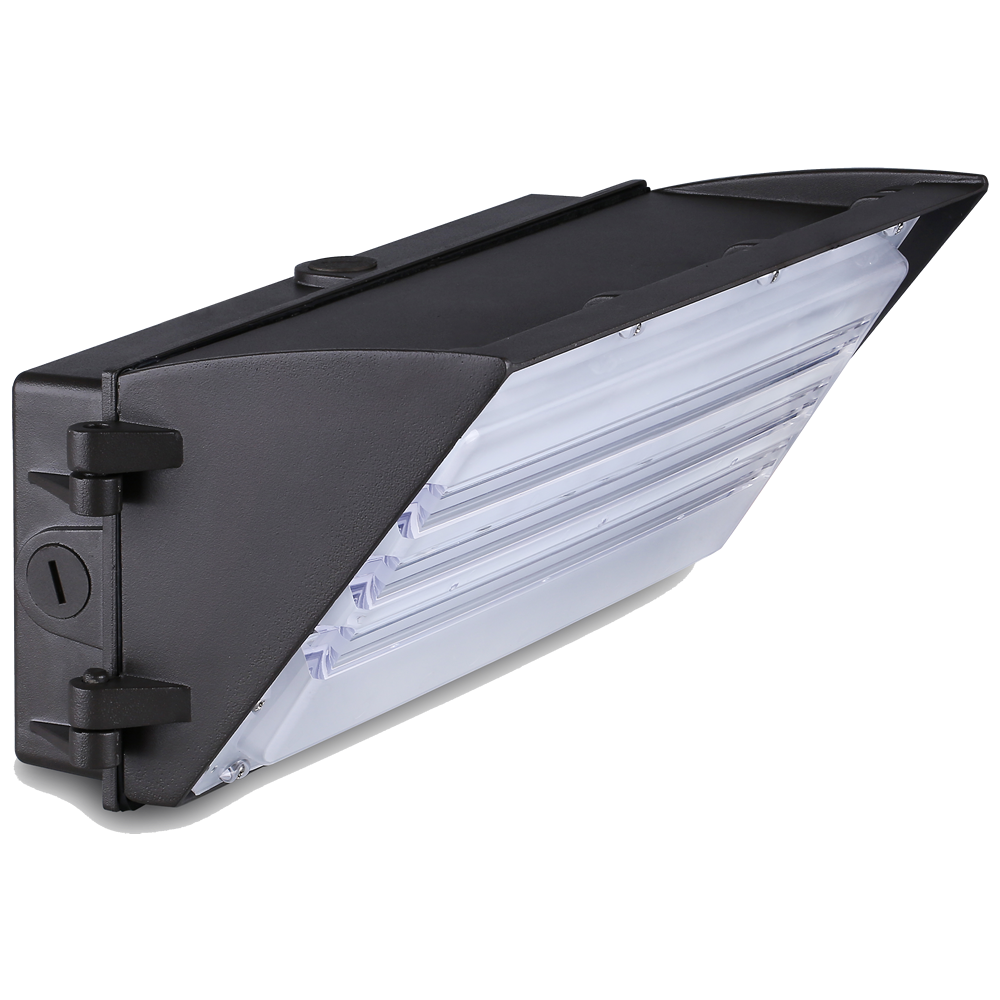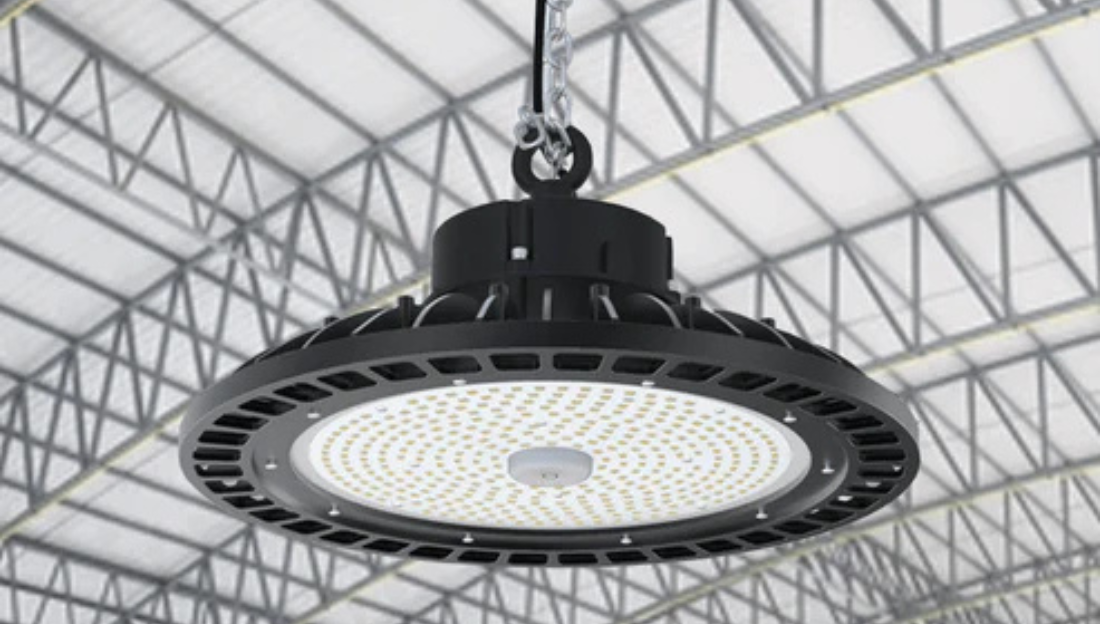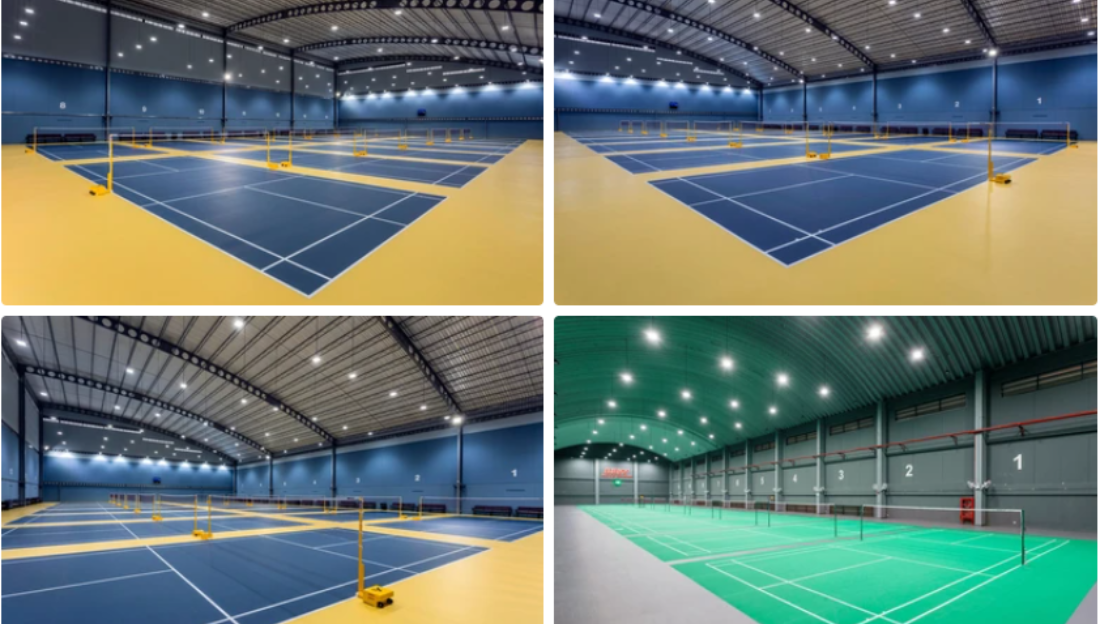Index
-
Introduction
-
Understanding LED Technology
-
Power Consumption of Outdoor LED Lights
-
Cost Savings with LED Outdoor Lighting
-
Technical Data & Performance Metrics
-
Certifications & Compliance in the USA
-
Choosing the Right Outdoor LED Lights
-
Frequently Asked Questions (FAQs)
-
Conclusion
1. Introduction
Outdoor lighting is essential for security, aesthetics, and functionality. However, traditional lighting solutions, such as incandescent and HID lamps, consume excessive electricity. This raises concerns about energy bills and environmental impact.
Enter LED technology—a game-changer in energy efficiency. But how much electricity do LED Pole Lights, LED Flood Lights, and LED Wall Pack Lights actually use? Let's dive deep into the power consumption and cost-saving benefits of outdoor LED lighting.
2. Understanding LED Technology
LED (Light Emitting Diode) lighting is vastly different from traditional bulbs. It converts electrical energy directly into light using electroluminescence, ensuring minimal heat loss and high efficiency.
Key Features of LED Outdoor Lights
✅ Low energy consumption
✅ Long lifespan (50,000+ hours)
✅ High brightness with low wattage
✅ Resistant to extreme weather conditions
✅ Eco-friendly with no toxic materials (like mercury in CFLs)
3. Power Consumption of Outdoor LED Lights
One of the biggest advantages of LED lighting is its low wattage and high lumen output. Let's compare LED lights with traditional lighting:
| Lighting Type | Wattage (per fixture) | Lumens Produced | Lifespan (Hours) | Annual Energy Cost (Based on 12 Hours Daily Use at $0.12/kWh) |
|---|---|---|---|---|
| Incandescent Bulbs | 100W | 1,600 lm | 1,000 | $52.56 |
| Halogen Bulbs | 75W | 1,200 lm | 2,000 | $39.42 |
| HID (Metal Halide) | 400W | 36,000 lm | 20,000 | $210.24 |
| LED Flood Lights | 100W | 15,000 lm | 50,000+ | $26.28 |
| LED Pole Lights | 150W | 24,000 lm | 50,000+ | $39.42 |
| LED Wall Pack Lights | 80W | 12,000 lm | 50,000+ | $21.02 |
🔹 LEDs use up to 80% less electricity compared to incandescent and metal halide lights
🔹 For large outdoor spaces, LED Flood Lights and LED Pole Lights provide superior brightness with lower wattage
🔹 Switching to LEDs can cut energy costs by more than half

4. Cost Savings with LED Outdoor Lighting
Outdoor LED lighting isn’t just about saving electricity—it significantly reduces overall costs in multiple ways:
✅ Lower Energy Bills – LED lights consume 50-80% less electricity.
✅ Fewer Replacements – With a 50,000-hour lifespan, you replace LEDs far less often than traditional bulbs.
✅ Reduced Maintenance Costs – LED Wall Pack Lights and LED Flood Lights require minimal upkeep.
✅ Utility Rebates – Many states offer rebates for Energy Star-rated LED products.
💰 Example Savings: If you replace 10 traditional 400W metal halide lights with 150W LED Pole Lights, you save approximately $1,708 per year in electricity costs alone!
5. Technical Data & Performance Metrics
Here’s a breakdown of critical performance factors for outdoor LED lighting:
Efficiency and Light Output
-
LED Pole Lights: 150W produces 24,000 lumens (160 lm/W efficiency)
-
LED Flood Lights: 100W produces 15,000 lumens
-
LED Wall Pack Lights: 80W produces 12,000 lumens
Color Temperature (Kelvin Scale)
-
3000K-3500K – Warm white for decorative or residential areas
-
4000K-5000K – Neutral white, ideal for security and commercial spaces
-
5700K-6500K – Cool white, best for industrial or large outdoor areas
Ingress Protection (IP Ratings for Outdoor Use)
-
IP65 – Water-resistant, suitable for general outdoor use
-
IP66/IP67 – Fully weatherproof, great for harsh climates
6. Certifications & Compliance in the USA
To ensure quality and safety, look for these certifications when purchasing LED outdoor lights:
-
UL (Underwriters Laboratories) Listed – Verifies electrical safety
-
ETL (Electrical Testing Laboratories) Certified – Ensures compliance with US safety standards
-
Energy Star Rated – Confirms energy efficiency
-
DLC (DesignLights Consortium) Approved – Qualifies for utility rebates
-
FCC Compliant – Ensures no harmful electromagnetic interference
-
RoHS (Restriction of Hazardous Substances) Certified – Guarantees no hazardous materials
🛑 Avoid unverified LED lights, as they may have poor efficiency and pose safety risks.
7. Choosing the Right Outdoor LED Lights
When selecting LED outdoor lighting, consider:
-
Brightness Needs – More lumens for larger areas
-
Mounting Height – Higher poles require higher wattage LED Pole Lights
-
Motion Sensors & Dimmers – Further reduce electricity consumption
-
Beam Angle – Wide-angle for floodlights, narrow-angle for spotlighting
🔹 For street or parking lots: Use LED Pole Lights
🔹 For security lighting: Install LED Wall Pack Lights
🔹 For sports fields & large areas: Opt for LED Flood Lights

8. Frequently Asked Questions (FAQs)
Q1: Are outdoor LED lights expensive to run?
No, outdoor LED lights are highly energy-efficient and cost far less to operate than traditional lighting.
Q2: Do LED lights work well in cold weather?
Yes! Unlike other bulbs, LEDs perform exceptionally well in cold temperatures, making them ideal for outdoor use.
Q3: How long do outdoor LED lights last?
Most high-quality LEDs last 50,000+ hours, which translates to over 10 years with daily use.
Q4: Can LED Flood Lights replace metal halide floodlights?
Absolutely! A 100W LED Flood Light can replace a 400W metal halide light with better brightness and efficiency.
Q5: Are LED Wall Pack Lights good for security?
Yes, LED Wall Pack Lights provide high visibility, motion sensor compatibility, and long-lasting brightness for security purposes.
9. Conclusion
Outdoor LED lighting is a cost-effective, energy-efficient, and long-lasting solution for homes, businesses, and industrial spaces. By switching to LED Pole Lights, LED Flood Lights, and LED Wall Pack Lights, you can reduce energy consumption by up to 80%, lower maintenance costs, and enhance outdoor safety.
With high efficiency, excellent durability, and significant cost savings, LED outdoor lights are the best investment for modern lighting needs!



